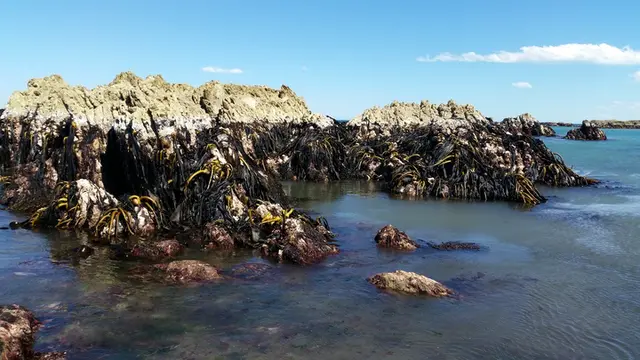Parts of the seabed off the east of New Zealand's South Island emerged from the water in Monday's 7.5-magnitude quake, putting fisheries at risk, the Ministry for Primary Industries (MPI) said Wednesday.
The seabed was lifted several meters out of the water in the wider Kaikoura area after the quake, leaving some previously submerged paua (abalone) and rock lobster fisheries habitats exposed, said MPI director of fisheries management Dave Turner.
The quake had a significant impact to the coastal environment which, in turn, would have a major and ongoing impact to the supporting habitat for paua and crayfish.
"We are working hard to get an estimate of the scale of the impact and level of mortality of paua, in particular, as a result," Turner said in a statement.
Some areas might be closed to fishing in the short term.
New Zealand's Science Media Centre issued a statement saying the recovery of the marine environment could take years and might well look very different to the pre-quake environment.
"The images of uplifted rocky reefs covered with dying paua, crayfish, and seaweeds are striking. The extent of this uplift is not yet clear, but without question, the affected areas will experience significant changes in the quantity and composition of marine life," said the statement.
The quake, which struck just after midnight Monday, killed two people and has been followed by hundreds of aftershocks.
An evacuation of stranded tourists and some locals is underway in Kaikoura, a tourist town famed for its coastal scenery and whale-watching activities.
(APD)
 简体中文
简体中文

